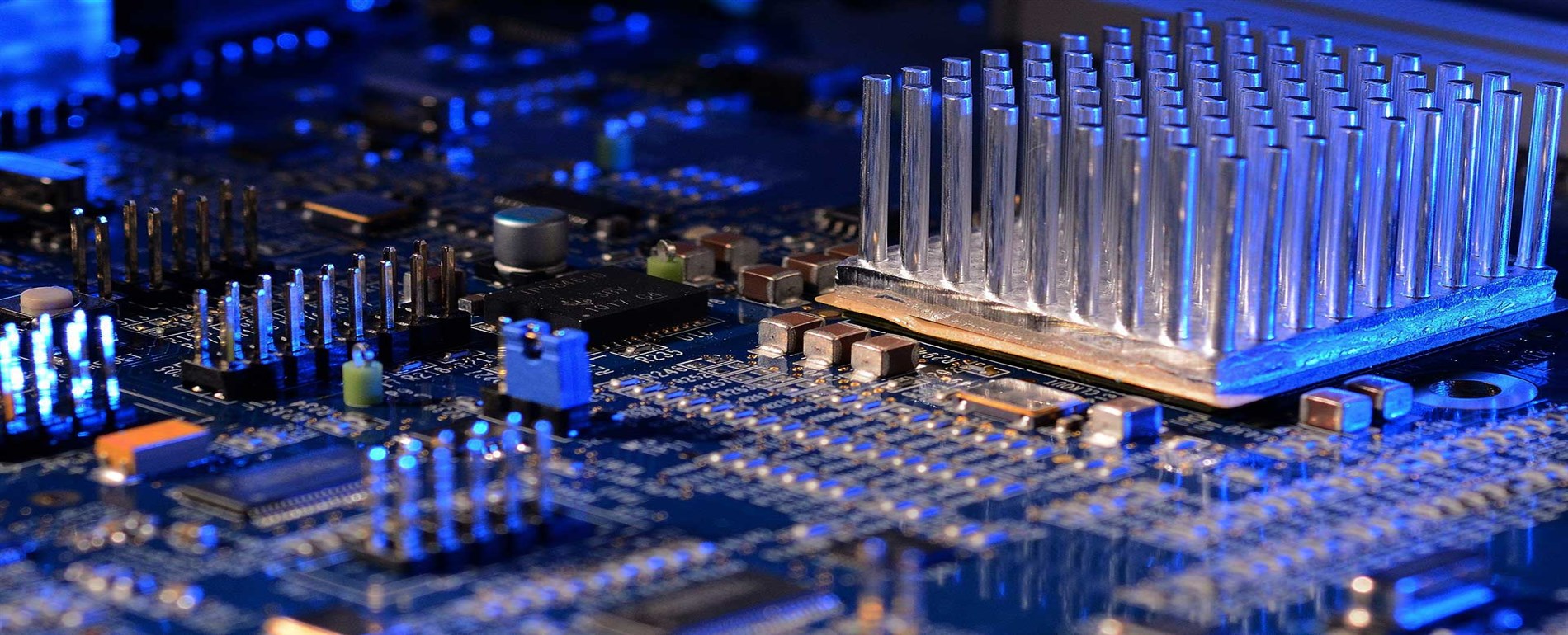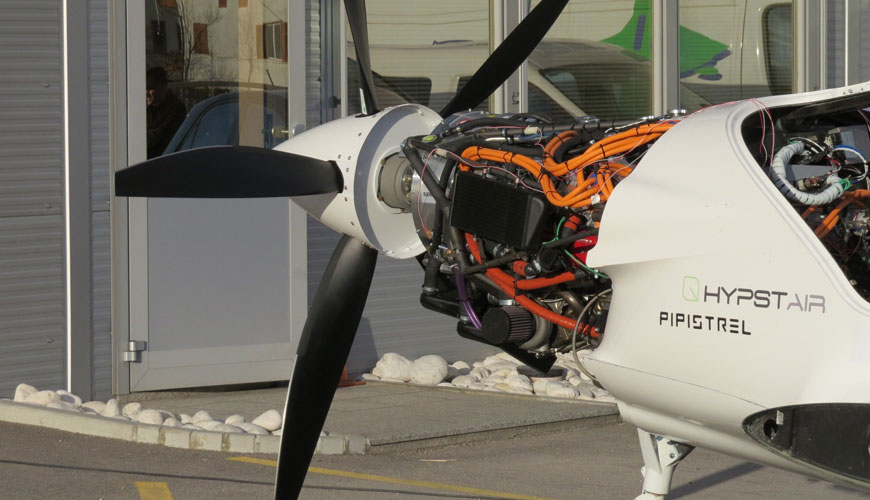

The MIL STD 704F test sequence option is based on the Mil-Std-704 DoD Interface Standard for Aircraft Electronic Power Characteristics and consists of test sequences for single-phase and three-phase equipment in five AC power categories and single-phase and three-phase equipment in two AC power categories. Pacific Power Source Inc. The MIL STD-704F option covers all five AC power groups and two DC test groups in the test standard.

A test report in Rich Text Format (.rtf) is automatically generated for each test sequence performed in the UPC Test Manger. Test steps, parameter measurements, waveforms, and pass/fail test results are conveniently recorded in the test report. Test engineers can also modify any of the previously created test sequences and reports.
MIL STD 704F Hardware Requirements
Pacific Power Supply units must meet the following requirements to perform MIL-STD-704F compliance tests:
MIL STD 704F covers the power generation system by specifying the requirements that the power system must provide at the power terminals of the use equipment. The test evaluates the utility equipment for compatibility with the specified performance of the power system.
MIL STD 704F was issued as a standard in October 1959, replacing the engineering document MIL-E-7894 on aircraft electrical power. The first MIL-STD-704 was considered only 400 Vdc and 28/115 Vac at 200 Hz from a three-phase, four-wire “y” source. The requirements were based on existing technology for power generation and distribution without excessive weight and volume demands within the hull capacity. Revisions have been made over the years to enforce new requirements, add voltage ranges, clarify and correct errors, update limits, and create more standardized testing methods. In addition to new revisions, change notices have been issued to correct between revision releases.
AC Power Requirements
Requirements specify operating voltage limits and transient voltage characteristics are measured within 10 cm of utility equipment power input terminals. This distance is within 10 cm of the power connector of the equipment under test (EUT), not at the main end of a power cable. It provides a general test configuration that tends to be common to the various tests specified in the manuals, with many items of test equipment used as necessary for measurement. Electrical power supply measurements are made at the source's output terminals or at the regulation point for regulated sources.
DC Power Requirements
Requirements specify operating voltage limits and transient voltage characteristics are measured within 10 cm of utility equipment power input terminals. As with AC power, this distance is within 10 cm of the EUT power connector, not at the main end of a power cord. It provides a general test configuration that tends to be common to the various tests specified in the manuals, along with many pieces of test equipment used as necessary for measurement.
Similar to AC power, this review will not go over every single requirement, as the manuals provide guidance in evaluating each of the requirements. It provides the test number and a test matrix that defines which requirement is being evaluated by the requirement. Each of the test methods includes an outline of the test configuration that defines the test equipment required for this evaluation.
External Power Requirements
External power supplies requirements follow the same guidelines as internal power with the lower voltage limit increased to compensate for external cable length. The required voltage from the external source is still measured at the terminals of the usage equipment. If an external power source is being evaluated, the unit must be treated as if it were an internal source.
MIL STD 704F Test Reports
Test reports are automatically generated each time a test sequence is run. Generally, the information contained in each step is added to the report as each step is executed. This includes the step type, parameter set, all recorded measurement values, comments and the result (Pass or Fail) of each step.
Test reports can be used as is or further customized by the user. This section covers some possible changes that can be made as needed.
EUROLAB also provides MIL STD 704F testing services within the scope of other military testing services. Thanks to these services, businesses receive more effective, high-performance and quality testing services and provide safe, fast and uninterrupted service to their customers.
To get an appointment, to get more detailed information or to request an evaluation, you can ask us to fill in our form and reach you.